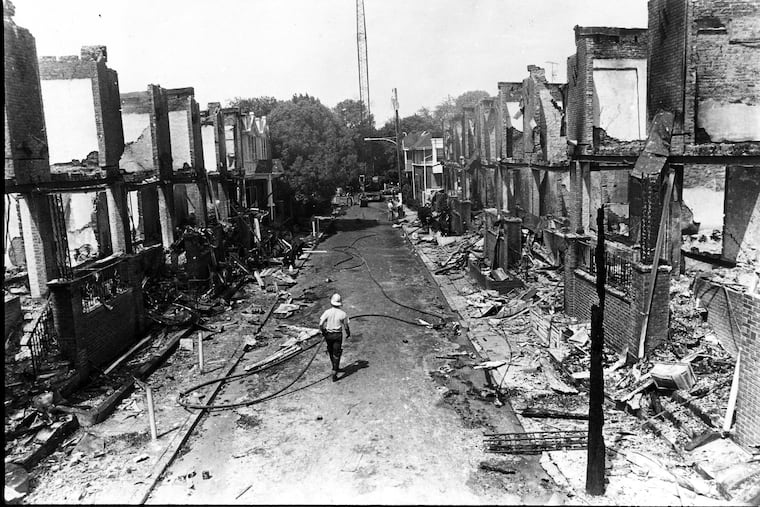Philadelphia keeps revisiting MOVE bombing history because we never truly learned it
I was young when I first realized that some of my friends had never heard about MOVE.

I was young when I first realized that some of my friends had never heard about MOVE.
